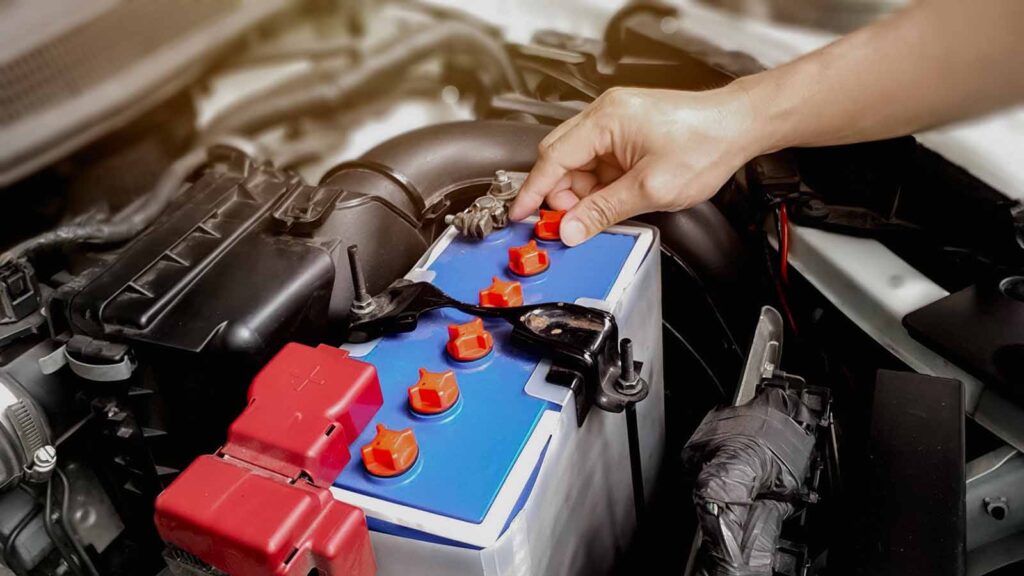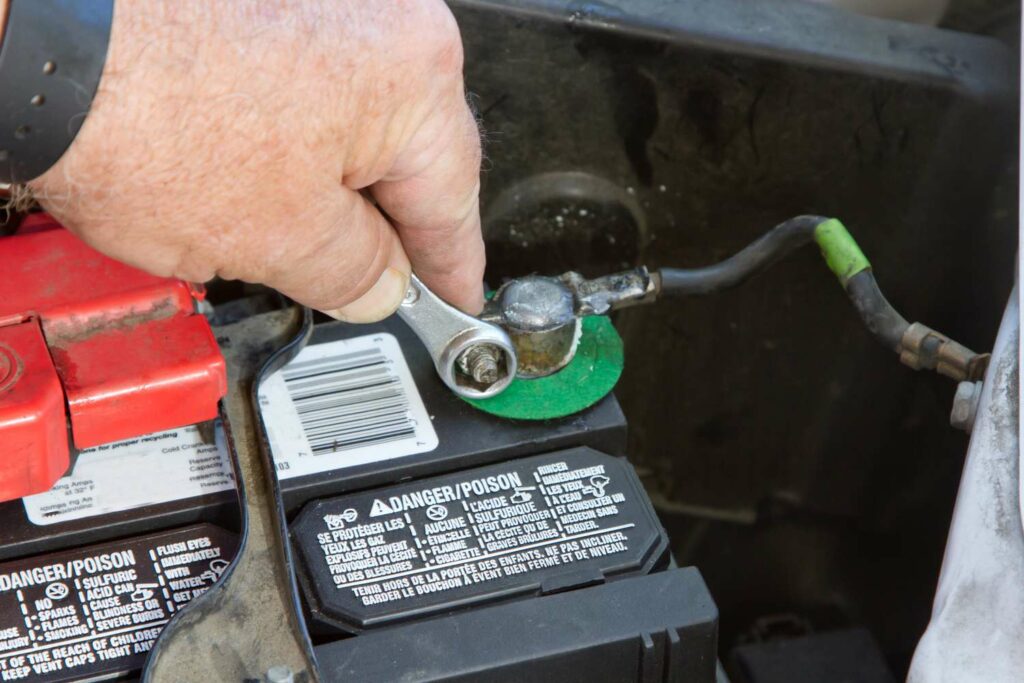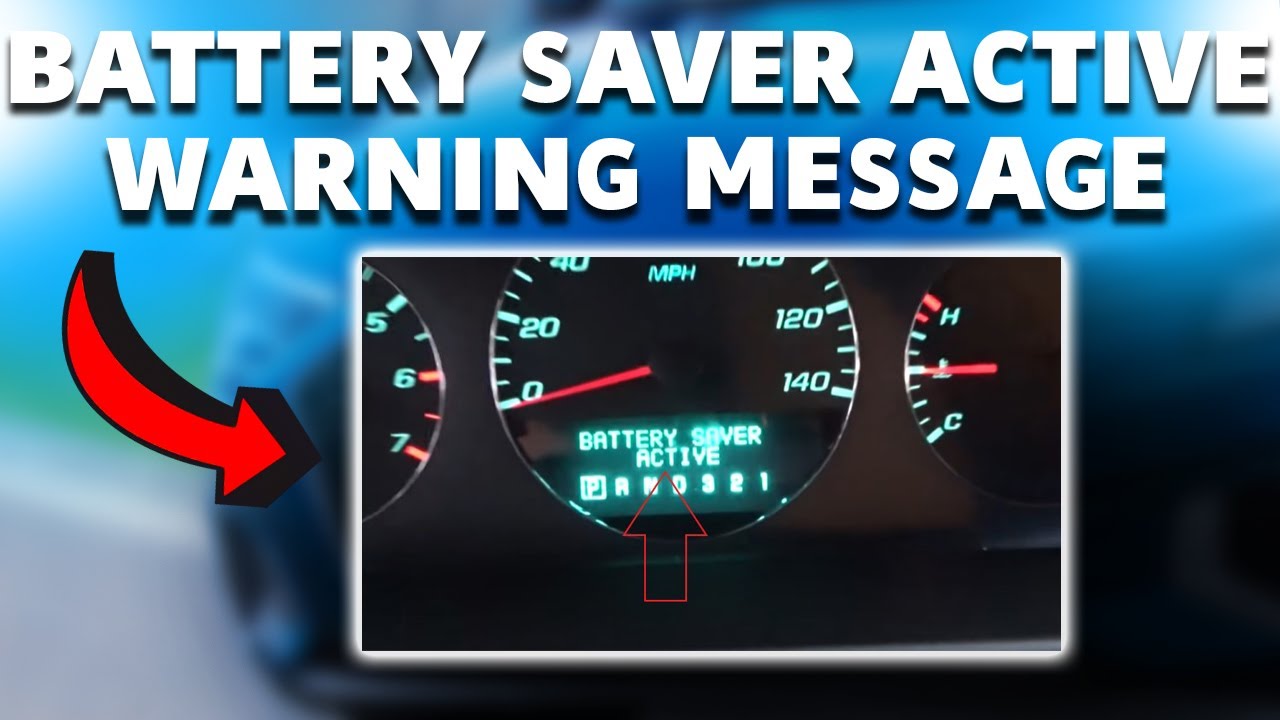Your car battery is a vital component that often gets overlooked until it fails. However, with some simple maintenance habits and a little care, you can significantly extend its lifespan. In this article, we’ll explore actionable tips to keep your car battery healthy, ensuring it lasts twice as long and saves you from unexpected breakdowns.
1. Regular Usage Keeps It Strong

It may seem counterintuitive, but frequently using a car battery actually extends its lifespan. Car batteries are designed to discharge slightly, be recharged by the alternator, and keep the car running. By regularly recharging, the battery’s internal chemistry remains well-balanced, preventing sulfation, a common cause of battery failure.
Sulfation occurs when a lead-acid battery is left discharged for an extended period. During this time, lead sulfate crystals form on the battery’s lead plates, which impedes the flow of electrical current within the battery. Frequent use prevents sulfation by ensuring the battery is regularly recharged and that crystals don’t have a chance to form.
However, if a car isn’t used often, the battery may not receive the charge required to prevent sulfation. In these cases, using a battery tender or removing the battery from the car and placing it on a machine for periodic charging is recommended.
2. Utilize Battery Tenders or Remove the Battery

If you anticipate leaving your car unused for an extended period, consider using a battery tender or removing the battery altogether. Battery tenders, also known as trickle chargers, are designed to maintain the charge of your battery over time.
Alternatively, removing the battery prevents it from draining due to parasitic loads and safeguards it against degradation caused by prolonged inactivity.
3. Keep Battery Terminals Clean and Corrosion-Free

Cleanliness is key when it comes to maintaining your car battery terminals. Over time, corrosion can build up on the terminals, leading to poor electrical conductivity and increased resistance.
Regularly inspect the terminals for any signs of corrosion and clean them using a mixture of baking soda and water. Additionally, applying a thin coat of petroleum jelly or terminal protectant can help prevent future corrosion and ensure a secure connection.
4. Ensure Tight Connections

In addition to keeping the terminals clean, it’s essential to ensure they are tightly connected. Loose connections can lead to voltage drops and intermittent electrical issues, putting unnecessary strain on the battery.
Periodically check the tightness of the battery terminals and tighten them if necessary. This simple step can significantly reduce resistance and prevent premature battery wear.
5. Alternator Check: Preventing Excessive Strain

The alternator is responsible for recharging the battery while the car is running. It’s essential to have the alternator checked periodically to ensure it isn’t causing excessive strain on the battery. A weak alternator can lead to a dead battery and even damage the alternator itself.
6. Routine Inspections: Acid Level and Water

Inspect the battery acid level and add distilled water when necessary to keep the plates covered. This is particularly important in batteries with removable tops, as the acid level can drop due to evaporation and overcharging. Using distilled water in batteries with removable tops prevents mineral buildup and short circuits.
7. Sealed vs. Removable Tops: Choosing the Right Battery

Car batteries come with either sealed or removable tops. Sealed batteries are better for those who never check their batteries, as they are maintenance-free. However, batteries with removable tops can last longer with proper maintenance.
When replacing your car battery, it’s crucial to choose the correct one with sufficient cold cranking amps (CCA) for your vehicle. CCA refers to the battery’s ability to deliver power in cold temperatures, and selecting a battery with a higher CCA rating than recommended can lead to overcharging and reduced lifespan.
Consult your vehicle’s owner’s manual or a trusted mechanic to ensure you’re selecting the right battery for optimal performance and longevity.
Conclusion
In conclusion, frequent use, regular maintenance, and proper care are crucial for maximizing a car battery’s lifespan. By following these guidelines, you can ensure your vehicle starts every time and help prevent sudden battery failure.




